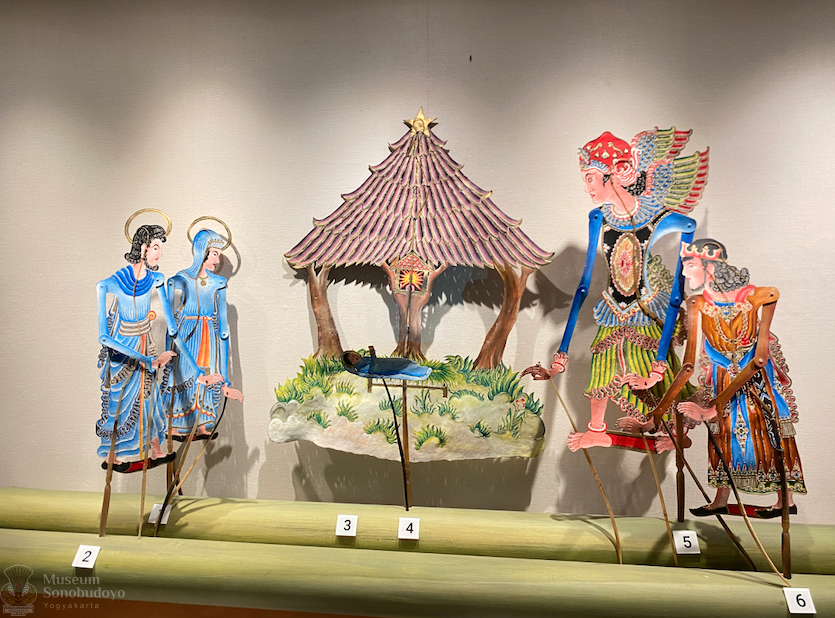News
The Origin of Wayang Wahyu
Wayang Wahyu is a unique form of religious proclamation in Indonesia. Combining the traditional art of wayang kulit with Christian values, Wayang Wahyu was born as a result of the creativity of Catholics in conveying religious messages. In this article, we will discuss in more depth the origins, development, and influence of Wayang Wahyu, a cultural media that continues to develop until now.
The Origins of Wayang Wahyu
Wayang Wahyu began on an October night in 1957, when M.M. Atmowiyono, a teacher at the Surakarta II Assistant Teacher School, staged a wayang play that was different from the usual. The play that was staged was entitled "Dawud Mendapat Wahyu Keraton" or "Daud Mendapat Wahyu Akan Menjadi Raja", which was taken from the story of the Old Testament, not from the Mahabharata like traditional wayang performances in general. This story became the starting point for the idea to combine wayang as a medium for religious preaching. One of the audience that night, Brother Timotheus L. Wignjosoebroto FIC, felt inspired by the performance. He saw the great potential of wayang to be a means of conveying the word of God to Catholics, especially in Central Java and Yogyakarta who really love wayang art. Brother Wignjo decided to develop this idea further. In 1959, Brother Wignjo formed a team consisting of M.M. Atmowiyono, Marosudirdjo, A. Suradi, and Roosradi to formulate the initial concept of Wayang Wahyu. They began to compose the form of this wayang by taking elements of Catholic teachings, as well as depicting figures and events in the Holy Bible. Initially, this puppet was called Wayang Katolik before finally changing to Wayang Wahyu based on the suggestion of PC Soetopranito SJ.
First Performance and Church Response
On February 2, 1960, Wayang Wahyu was performed for the first time at the Purbayan Puteri Vocational School Building, Solo. In this first performance, the three plays performed were "Angel Mbalela", "The First Man Falls into Sin", and "The Birth of the Lord Jesus Christ". This performance received a very good response from Catholics, especially in the Apostolic Vicariate of Semarang. Several months after the first performance, Wayang Wahyu had the opportunity to perform in front of the Bishop of Semarang, Mgr. Albertus Soegijapranata SJ. He gave his appreciation for the idea of ??preaching through puppets and suggested that Wayang Wahyu undergo further improvements and trials before receiving official recognition or Imprimatur from the Church. Imprimatur is a permit from the Church authority to ensure that a work is in accordance with Church teachings and does not conflict with the principles of the Catholic faith. After receiving input from Bishop Soegijapranata, Brother Wignjo and his team continued to make improvements to Wayang Wahyu. Wayang, which was originally made of cardboard, is now starting to be made from leather which is more durable and has high artistic value. In addition, the team also added variations to the plays in the Wayang Wahyu performance to cover more stories from the Bible.
You can also find the Wayang Wahyu collection at the Thomas Karsten Building and the Hasta Brata Building of the Sonobudoyo Museum. Let's visit the Sonobudoyo Museum!




Stanley
09 Jan 2025 18:50 WIB Yang bikin artikel ini namanya siapa sama tahun dibikinnya taun bro butuh sebagai daftar pustaka